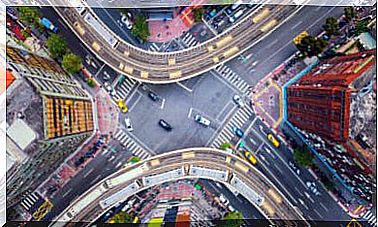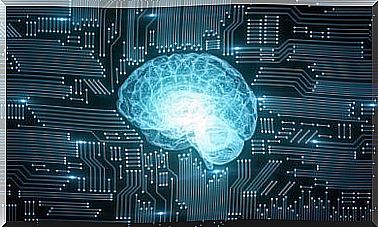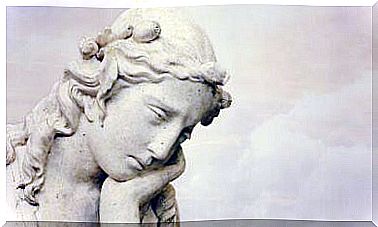Dyskinesia – What Is It? What Are The Symptoms?
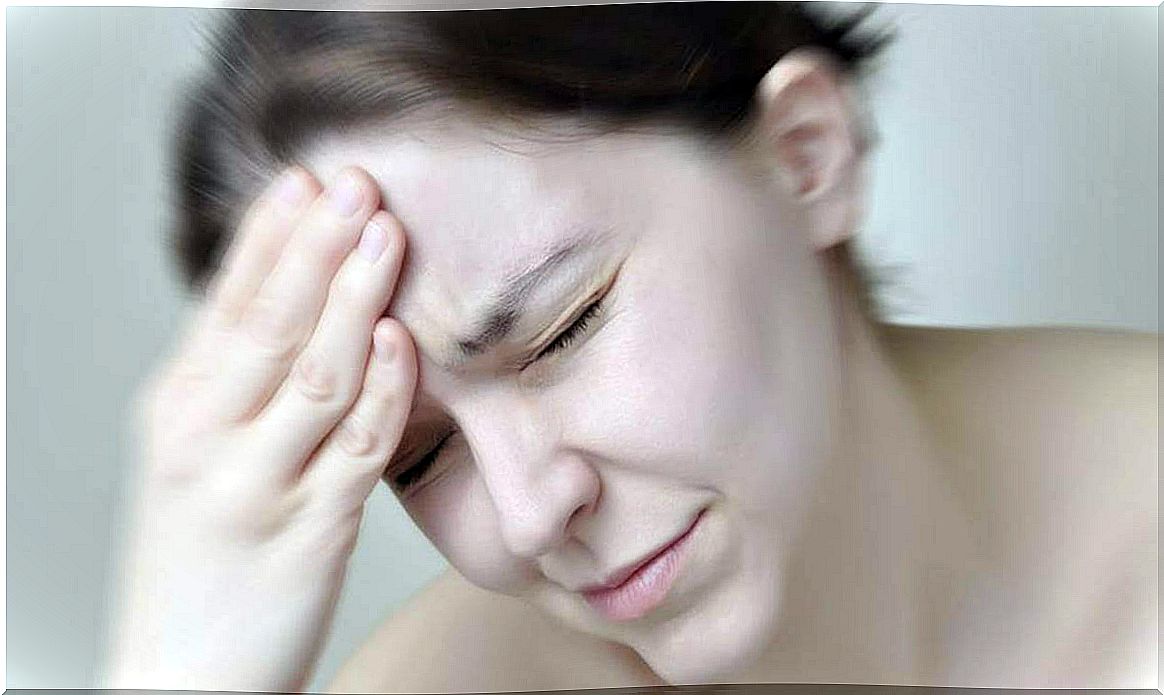
Dyskinesia defines a disorder in which the person experiences abnormal, uncontrollable and involuntary movements. It usually begins with small tics on the face, in the bucolingual region or in the hands. Later, these hyperkinetic alterations can appear throughout the body. The origin of this condition is multiple, but it usually arises as the effect of some type of medication.
This clinical reality is often confused with akathisia. Now, the latter is more related to states of anguish and the inability to keep still, to have to go for a walk and move our legs. However, dyskinesia is more problematic because it cannot be controlled and is also accompanied by psychiatric disorders or neurological diseases.
Now, we know that between 1 and 5% of cases can also be associated with age. Older people can also show this type of hyperkinetic disorder. We analyze it in detail.
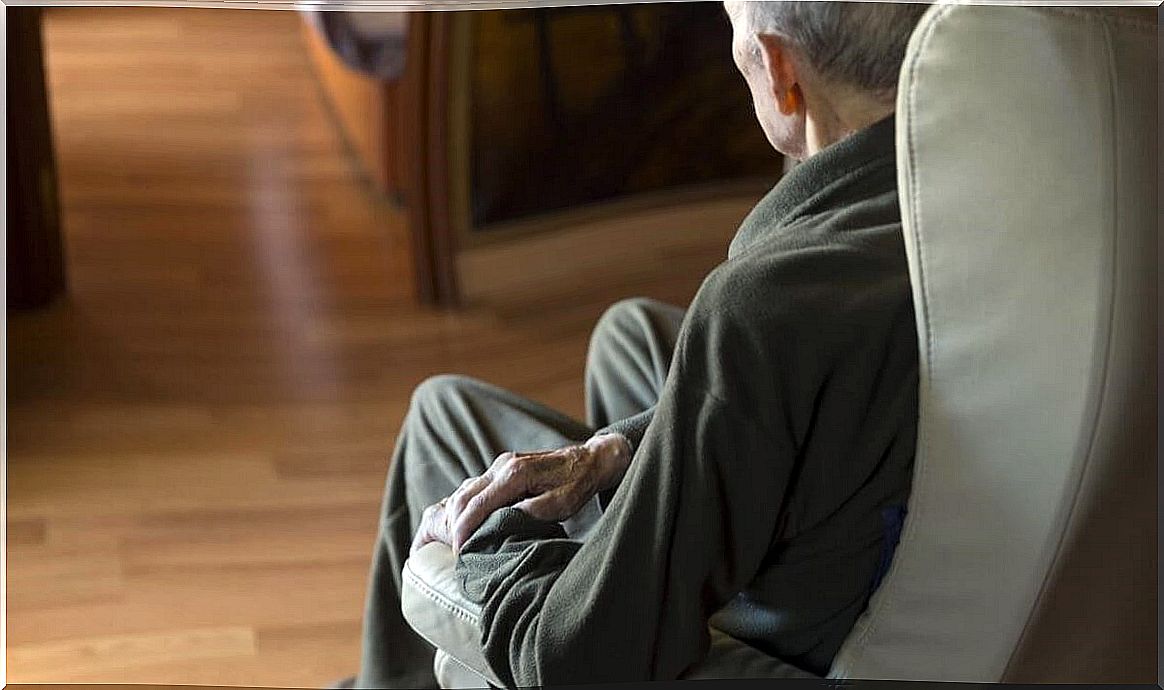
Dyskinesia: definition, types and symptoms
Dyskinesia falls within movement disorders, such as ataxia (loss of muscle coordination) or dystonia (involuntary contractions of the muscles that are usually painful). In this case, what patients with dyskinesia show are non-voluntary movements similar to tics. They are also very striking manifestations.
Usually, as we’ve already noted, it can start on the face. Later it is evident in the hands and feet, to the point of often hindering normal body movement. The most complex thing about this disorder is that once it appears it increases. It is important to know what causes it and from there, seek the most appropriate treatment.
Let’s get to know the most common types of dyskinesia.
Drug-induced dyskinesia for Parkinson’s
We pointed out at the beginning, dyskinesia usually appears in patients with Parkinson’s. Now, in reality, it is not the neurodegenerative disorder itself that causes these tics and movement disorders to appear; are the drugs used to treat it.
Parkinson’s develops from an alteration in the neurons that produce dopamine, which slowly die. In the absence of this neurotransmitter, the cells that control movement cannot send messages to the muscles. Well, in those situations, levodopa is usually given, which increases dopamine production.
Studies such as those carried out at the University of San Francisco indicate that dopamine replacement therapy with levodopa alleviates parkinsonian motor symptoms. However, in almost half of patients it does so at a price: it favors the development of involuntary movements, defining a state known as levodopa-induced dyskinesia .
The symptoms are as follows:
- Tics.
- Swinging.
- Pitching.
- Involuntary movements in arms and feet.
- Restlessness in the extremities.
Effect of neuroleptic drugs
Another cause of the appearance of dyskinesia is also evidenced by the administration of other medications, in this case neuroleptics. They are drugs such as antipsychotics and also major tranquilizers. When a patient has been following these treatments for some time, a condition called tardive dyskinesia can appear (sometimes).
Among the drugs among which this movement disorder may appear are the following:
- First generation antipsychotics such as haloperidol , zuclopentixol, Perphenazine …
- Second generation antipsychotics: risperidone, paliperidone, quetiapine, aripiprazo, etc.
- Antidepressant drugs such as amitriptyline, fluoxetine, phenelzine …
- Anti-seizure medications such as phenytoin and phenobarbital.
Neurological and autoimmune conditions
We know that some people with autism spectrum disorder may experience dyskinetic movements, such as rocking. However, it is not the only neurological condition that shows this manifestation:
- Cerebellar degeneration conditions also suffer from it.
- Neurovascular diseases or patients who have suffered a stroke can show it.
- Wilson’s disease is a rare inherited disorder in which the body cannot get rid of excess copper. In this case, you can also suffer as a symptom of dyskinesia.
- Finally, when it comes to autoimmune diseases, it is common for them to appear in people with multiple sclerosis.
Myoclonic dyskinesia
Myoclonic dyskinesia is a variety within this type of disorder. It manifests itself with brief and involuntary movements caused by a sudden muscle contraction. They are alterations that can sometimes be painful.
The causes behind this phenomenon are the following:
- Progressive myoclonic encephalopathy.
- Encephalopathy caused by a lack of oxygen to the brain.
- Myoclonic epilepsies, a problem that affects women to a greater degree and is limited to a series of tics that appear on the face.
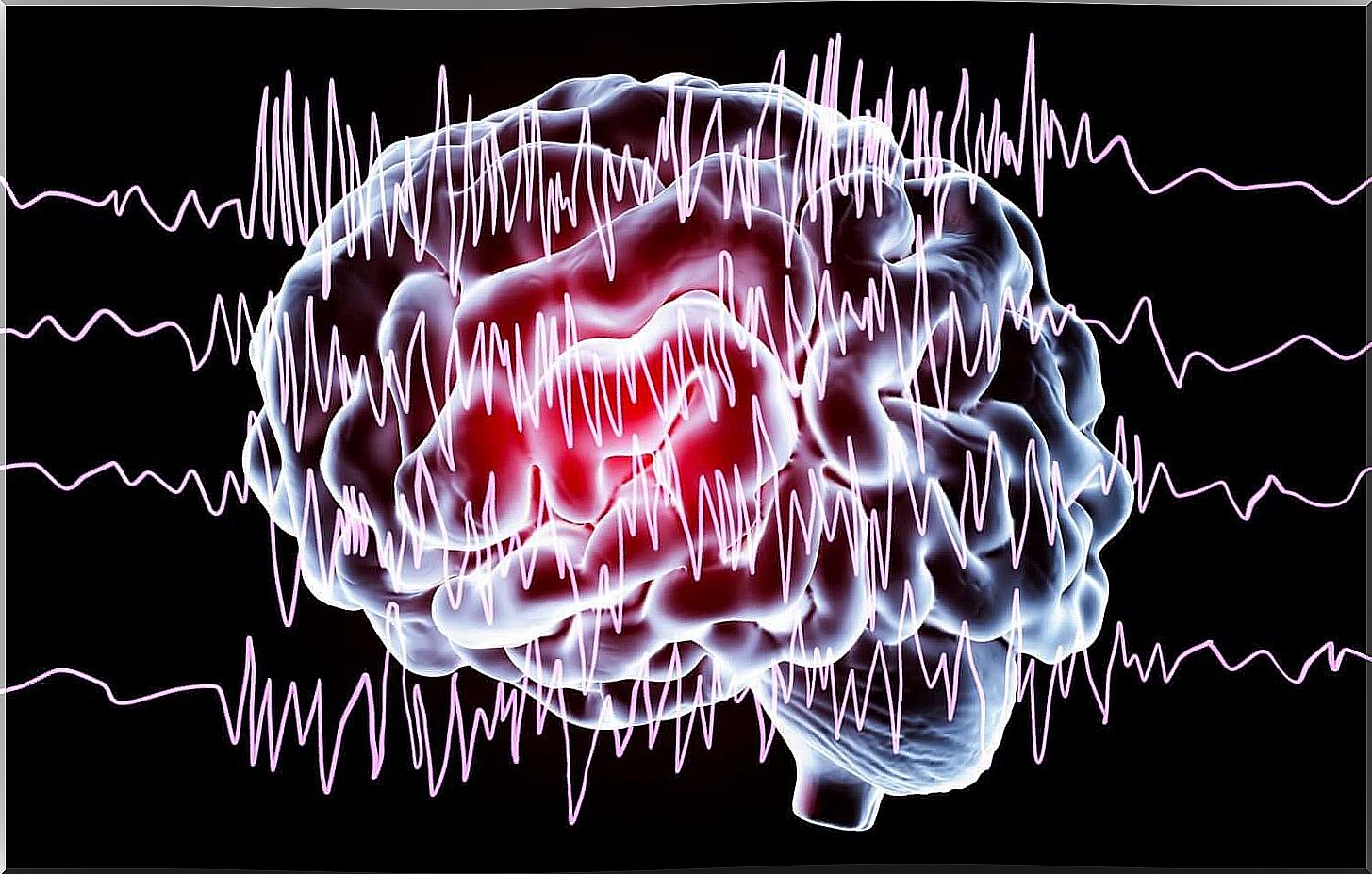
Stereotypes and tics
There is a type of dyskinesia in which the patient can have some control over these movements if he is taught to reduce them, to have some control over them. This phenomenon appears many times in people with autism spectrum disorder.
Depending on the severity, we can find milder or more disabling dyskinetic tics. We can find the following:
- Simple tic.
- Common motor stereotypes, such as repetitive and ritualized movements.
- Multiple and complex tics: they are similar to very severe spasms in which, the person may suffer the need to express inappropriate words or even insults. Behind this feature may be Tourette syndrome.
What treatment is there for dyskinesia?
Treatment for dyskinesia depends on the source that is triggering the problem. It is not the same to be with a patient with Parkinson’s than with someone who has suffered a brain injury. The important thing in all cases is to make a diagnosis and know the severity of the symptoms.
In general, many of these guidelines are followed:
- Stop using drugs that cause dyskinesia and switch to others. This, which at first seems easy, actually contains a high problem because sometimes we fail to treat the original disease effectively.
- In those cases where dyskinesia affects the face, botulinum toxin or botox injections are often used.
- Deep brain stimulation is another treatment with a good success rate in these conditions.
To conclude, the approach to these conditions is always complex and always starts from interdisciplinary approaches with which to see the progress of the patient. However, in many cases it is possible to reduce the impact of dyskinesia and provide a better quality of life for the person.

